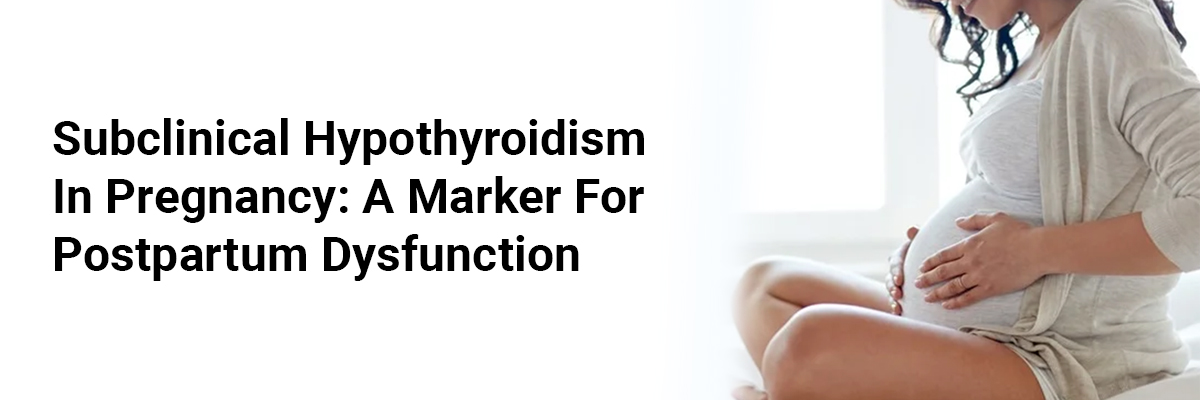
Subclinical Hypothyroidism in Pregnancy: A Marker for Postpartum Dysfunction
A study published in the journal Thyroid found that women diagnosed with subclinical hypothyroidism during the first half of pregnancy have greater likelihood of developing overt hypothyroidism within 5 years after delivery compared to women with hypothyroxinemia.1
Researchers from the United States carried out a secondary analysis of two multicenter treatment trials conducted for subclinical hypothyroidism or hypothyroxinemia diagnosed between 8- and 20-weeks of gestation. The present analysis focused only on participants in the placebo groups in the two studies. A TSH level ≥4.0 mU/L and normal free T4 (fT4) ranging from 0.86-1.9 ng/dL was considered as subclinical hypothyroidism. Normal TSH (0.08-3.99 mU/L) but fT4 <0.86 ng/dL was diagnosed as hypothyroxinemia. After initial testing, serum samples were stored to test for thyroid peroxidase (TPO) antibodies later, but these results were not used for clinical management. The participants were followed up at 1 year and 5 years after delivery to determine if they had been diagnosed with or treated for a thyroid condition. Overt hypothyroidism was defined as TSH ≥4.0 mU/L with fT4 <0.86 ng/dL. Follow-up data at 1 year and 5 years postpartum was available for 307 of the 338 participants with subclinical hypothyroidism and 229 of the 261 participants with hypothyroxinemia.
At year 1, 13.4% of participants with subclinical hypothyroidism developed hypothyroidism, compared to only 3.1% of those with hypothyroxinemia. At year 5, 15.6% of participants with subclinical hypothyroidism developed hypothyroidism, while only 2.6% of those with hypothyroxinemia did. Elevated TSH values >10 mIU/mL is a strong predictor of progression to overt hypothyroidism.
A strong association was observed between baseline TPO antibody levels >50 IU/mL and progression to hypothyroidism in participants with subclinical hypothyroidism. The rate of hypothyroidism significantly higher at 1 year in participants with TPO >50 IU/mL (26.7%) compared to those with TPO levels ≤50 IU/mL (6.5%) with odds ratio (OR) of 5.3. In year 5, the rate of hypothyroidism in the TPO >50 IU/mL group increased to 30.5%, while it remained lower at 7.5% for those with TPO levels ≤50 IU/mL. The OR remained high at 5.4.
At year 1, there was no significant difference in the rate of overt hypothyroidism between those with TPO levels >50 IU/mL (10%) and those with TPO ≤50 IU/mL (2.8%) with OR 3.9. At year 5, however, more participants with TPO >50 IU/mL developed overt hypothyroidism (20%) compared to those with TPO ≤50 IU/mL (1.8%). The OR was significantly higher at 13.4.
This study suggests that subclinical hypothyroidism is associated with a greater chances of progressing to overt hypothyroidism postpartum, particularly in those with higher baseline TSH levels (>10 mIU/mL) and elevated TPO antibodies (>50 IU/mL), especially when it is diagnosed in the first half of pregnancy. Although HT was also linked to a risk of hypothyroidism, the overall progression rate within the same period was lower. Hence, thyroid function should be closely monitored in women diagnosed with subclinical hypothyroidism during pregnancy. Thyroid testing should be a part of postpartum guidelines.
Reference
1. Michael W Varner, et al. Progression of gestational subclinical hypothyroidism and hypothyroxinemia to overt hypothyroidism after pregnancy: pooled analysis of data from two randomized controlled trials. Thyroid. 2024 Sep;34(9):1171-1176. doi: 10.1089/thy.2023.0616.


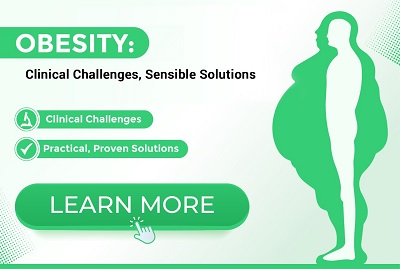




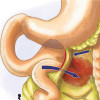
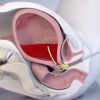

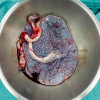

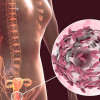

Please login to comment on this article